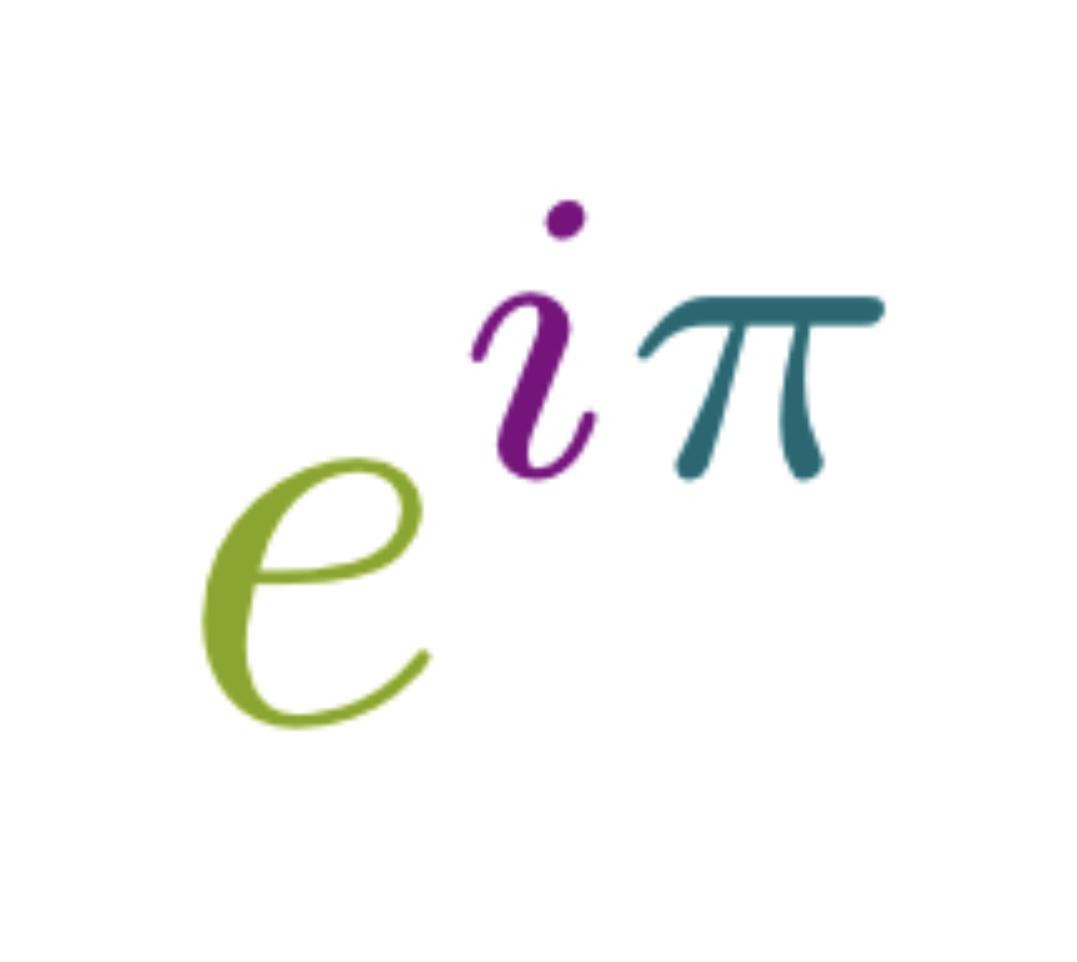| 일 | 월 | 화 | 수 | 목 | 금 | 토 |
|---|---|---|---|---|---|---|
| 1 | 2 | |||||
| 3 | 4 | 5 | 6 | 7 | 8 | 9 |
| 10 | 11 | 12 | 13 | 14 | 15 | 16 |
| 17 | 18 | 19 | 20 | 21 | 22 | 23 |
| 24 | 25 | 26 | 27 | 28 | 29 | 30 |
| 31 |
- 영국
- factor
- 적분
- solution
- 치환
- equation
- Weierstrass
- mathematics
- triangle
- 바이어슈트라스
- t-치환
- fractions
- Order
- factors
- integral
- differential
- 교육
- 제도
- College
- division
- Oxford
- Admissions
- algebraic
- GCSE
- test
- DENOMINATOR
- Partial
- Maths
- a-level
- 학년
- Today
- Total
Cambridge Maths Academy
23. Equations vs. Identities 본문
In mathematics, we encounter terms, equations, expressions, inequalities and identities.
- $7xy$ is a term.
- $5x-2=8$ is an equation.
- $7x^2+3x$ is an expression.
- $5x-2<8$ is an inequality.
- $2x(x-4)\equiv 2x^2-8x$ is an identity.
In particular, the difference between equations and identities is often subtle and confusing. In short, we use an equality sign when the statement is true for some values of the variable, say $x$, while we use an identity sign when the statement holds true for all values.
For example, $$ \begin{align} 2x-1=0 \end{align} $$ is an equation as it is true only for $x=\frac12$. On the other hand, $$ \begin{align} \cos^2x+\sin^2x\equiv 1 \end{align} $$ is an identity as it is true for all values of $x$.
Example. Some other identities are:
$$ \begin{align} {\rm (1)}&\qquad 4r^3\equiv r^2(r+1)^2-r^2(r-1)^2 \\ {\rm (2)}&\qquad\frac{1}{r(r+1)}\equiv\frac1{r}-\frac1{r+1} \end{align} $$
'수학 모음 (Maths collection)' 카테고리의 다른 글
| 12. Another problem on coordinate geometry (GCSE) (3) | 2021.03.02 |
|---|---|
| 25. Zero's zeroth power is 1 (An interesting observation) (0) | 2021.01.27 |
| 19. Surface area of a circular cone (0) | 2021.01.14 |
| 18. Area of regular octagon, n-gon and circle (0) | 2021.01.06 |
| 17. Interest vs Tax rate (0) | 2021.01.05 |



